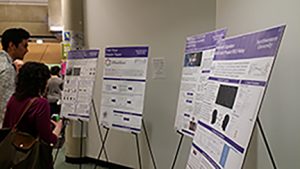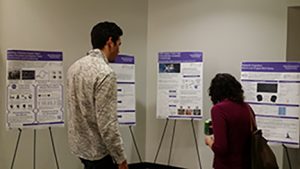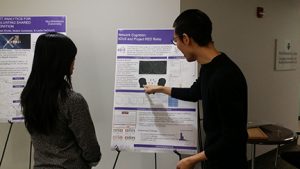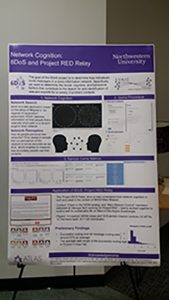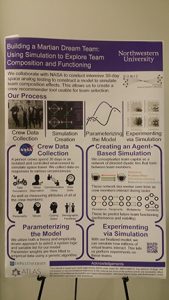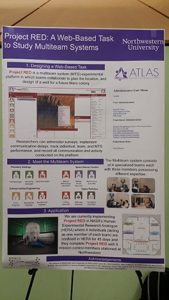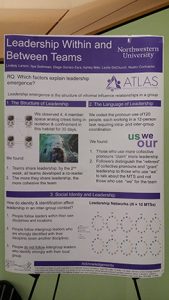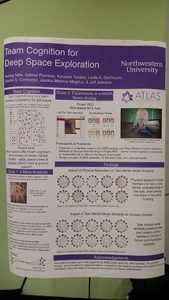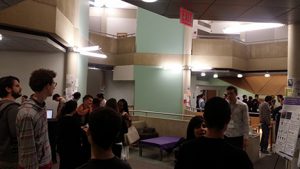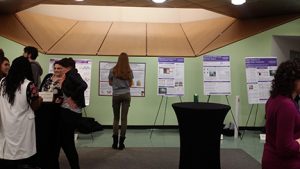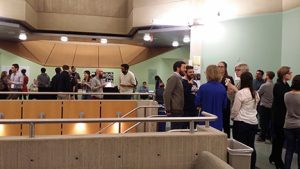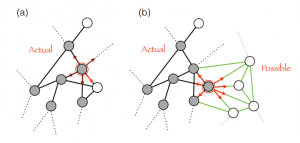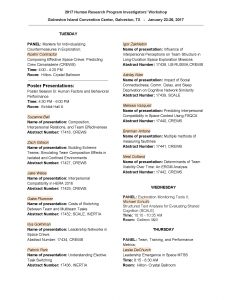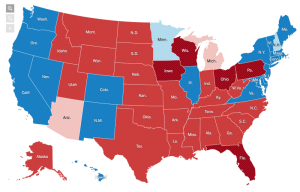SONIC is always committed to attracting great people to work with us. These weeks are busy with graduate recruitment events, as the applicants for the next academic year are making the final decisions about where to pursue their graduate studies. We presented four posters in the Frances Searle Building at the School of Communication recruitment showcase for the Media, Technology, and Society (MTS) and the Technology and Social Behavior (TSB) Ph.D. programs. SONIC exhibited four projects: Network Cognition; Text Analytics for Evaluated Shared Cognition; on finding a Dream Team; and using simulations to explore team composition and functioning. Our ATLAS collaborators displayed three posters on their projects exploring leadership, team cognition, and multi-team systems.
